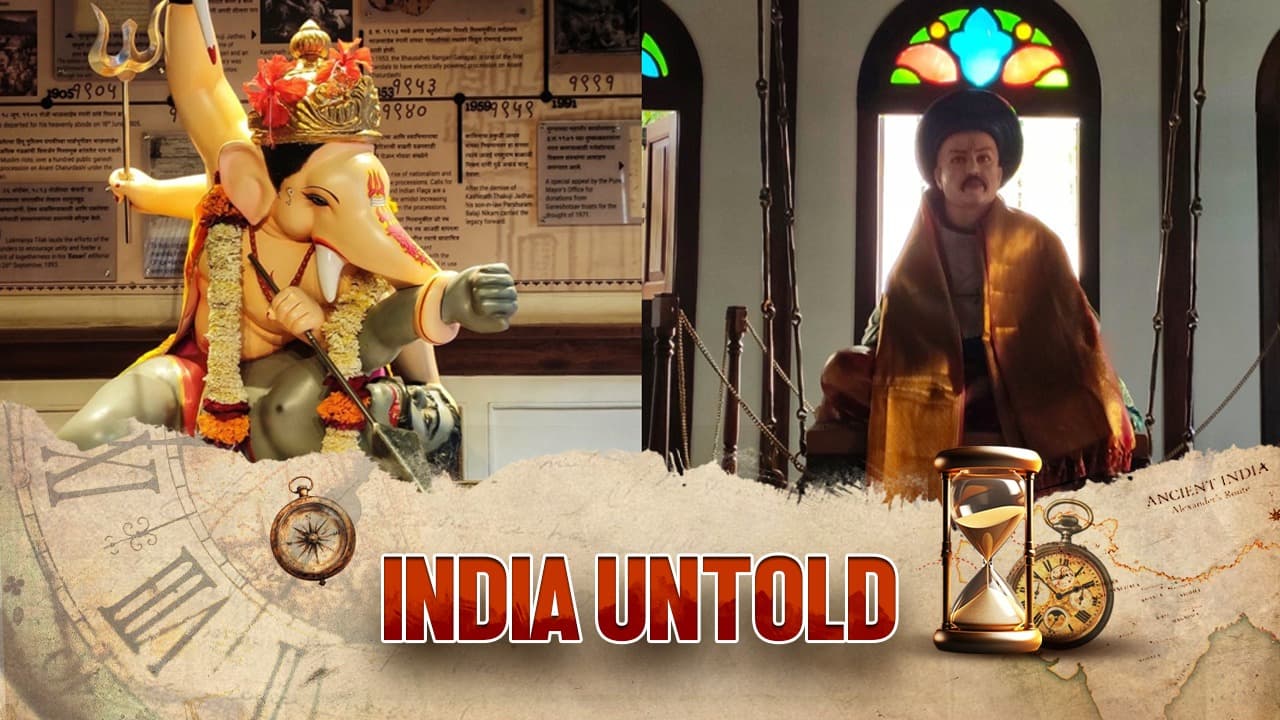The story of India’s first public (sarvajanik) Ganeshotsav is not just about devotion — it is steeped in rebellion, patriotism, and the unyielding spirit of unity against colonial rule.
As the country decks itself up with flowers, lanterns, and sparkling lights to welcome Ganapati Bappa, few pause to wonder where the roots of this grand festival truly lie. The story of India’s first public (sarvajanik) Ganeshotsav is not just about devotion — it is steeped in rebellion, patriotism, and the unyielding spirit of unity against colonial rule.
The origins trace back more than 131 years, to an era when India was under British oppression and struggling for freedom. In 1892, Krishnajipant Khasgiwale, a Pune resident, visited the Maratha-ruled Gwalior and was captivated by the grandeur of their public Ganesh celebrations. Inspired, he returned to Pune and shared his experience with his compatriots — Shrimant Bhausaheb Rangari, a royal physician and fearless freedom fighter, and Balasaheb Natu.
Rangari, envisioning the festival as a weapon of solidarity, took a historic step. At his residence in Shalukar Bol, he installed the very first sarvajanik Ganesh idol, transforming a religious celebration into a rallying cry for national unity.
But this was no ordinary idol. Carved from wood and bran, it depicted Lord Ganesh slaying a demon — a striking departure from the traditional calm portrayal of the deity. The imagery carried a deeper symbolism: India itself, battling to crush the demon of colonialism.
Scroll to load tweet…
The act resonated widely when Lokmanya Tilak, another towering freedom fighter, lauded Rangari’s vision through the columns of Kesari, his fiery newspaper. That endorsement fanned the flames of a movement, transforming Ganeshotsav into a powerful blend of devotion and defiance.
Even today, more than a century later, the original paper-pulp idol continues to be worshipped at Bhausaheb Rangari’s wada in Pune – a timeless reminder of how faith became a way for freedom.
